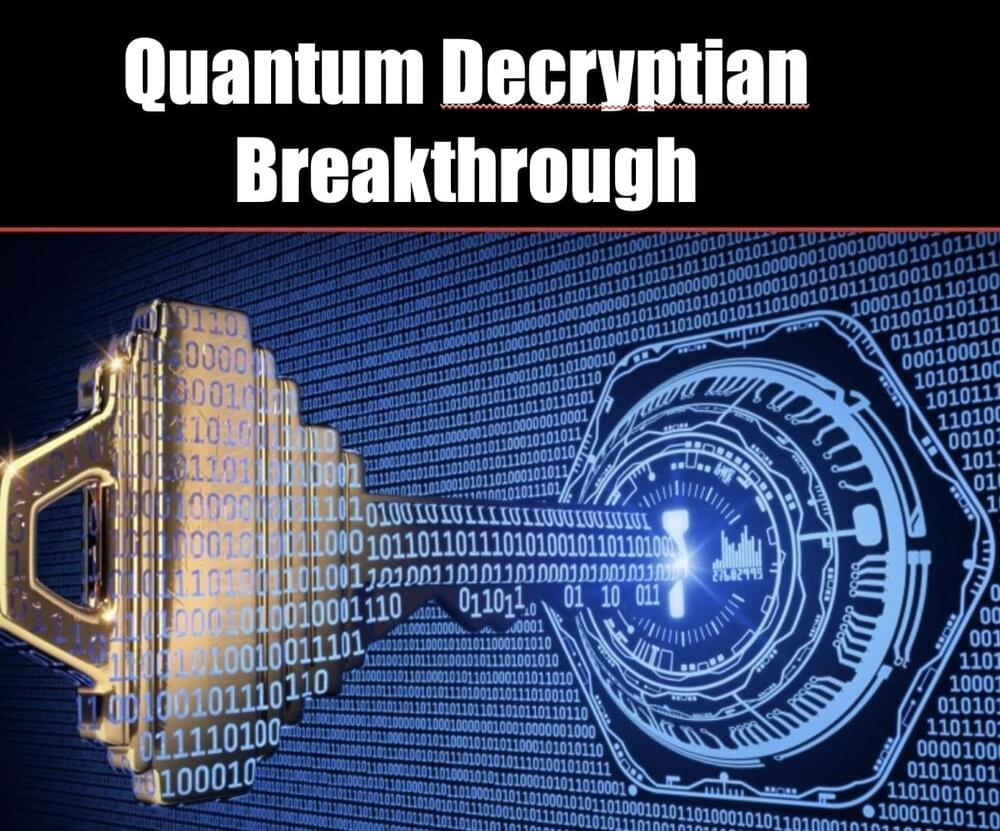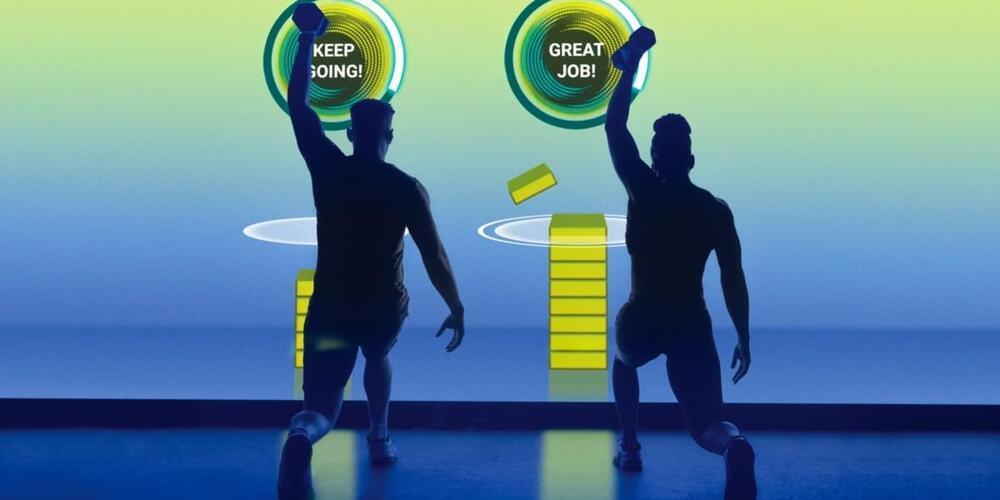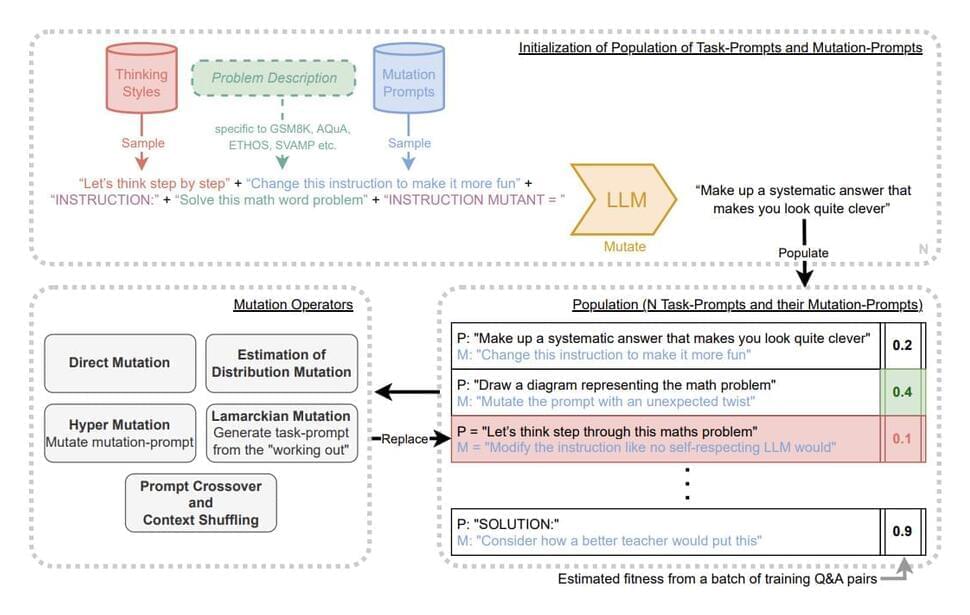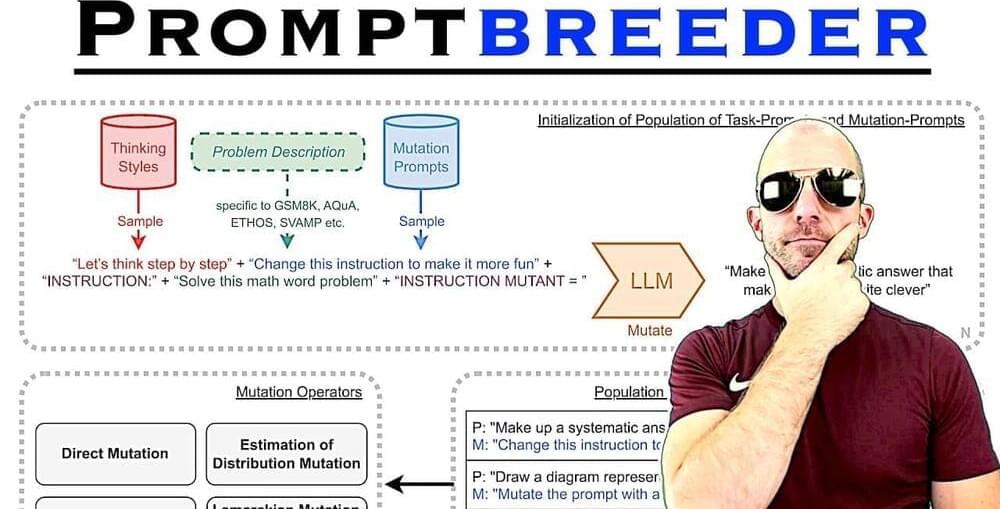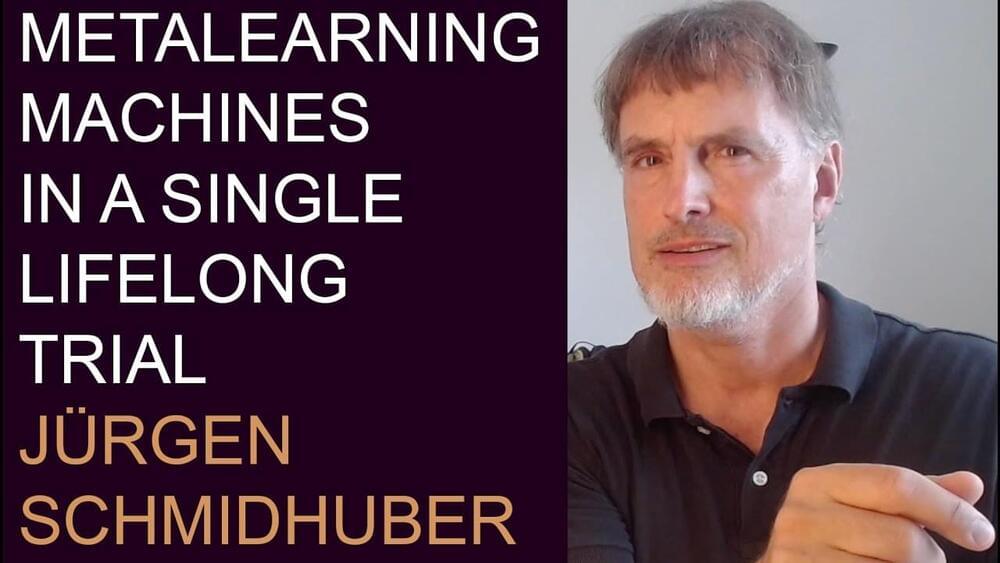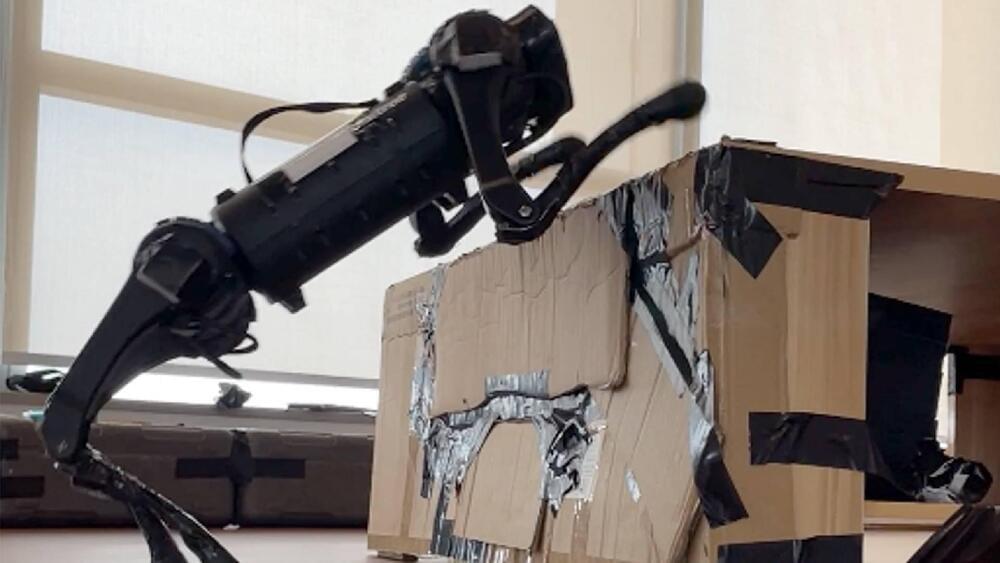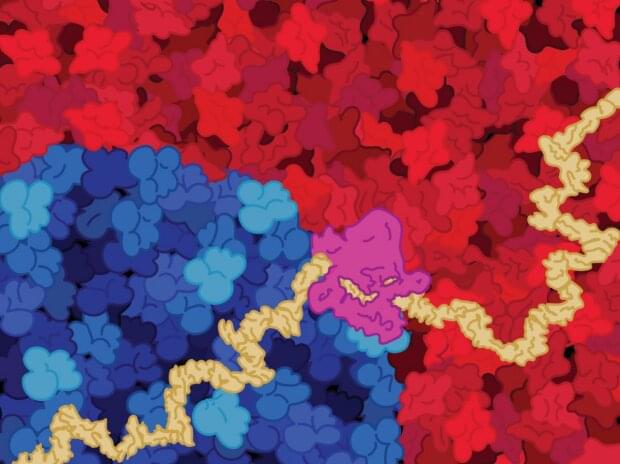Oct 10, 2023
Possible Quantum Decryption Breakthrough
Posted by Dan Breeden in categories: information science, quantum physics
Researcher show that n-bit integers can be factorized by independently running a quantum circuit with orders of magnitude fewer qubits many times. It then use polynomial-time classical post-processing. The correctness of the algorithm relies on a number-theoretic heuristic assumption reminiscent of those used in subexponential classical factorization algorithms. It is currently not clear if the algorithm can lead to improved physical implementations in practice.
Shor’s celebrated algorithm allows to factorize n-bit integers using a quantum circuit of size O(n^2). For factoring to be feasible in practice, however, it is desirable to reduce this number further. Indeed, all else being equal, the fewer quantum gates there are in a circuit, the likelier it is that it can be implemented without noise and decoherence destroying the quantum effects.
The new algorithm can be thought of as a multidimensional analogue of Shor’s algorithm. At the core of the algorithm is a quantum procedure.
